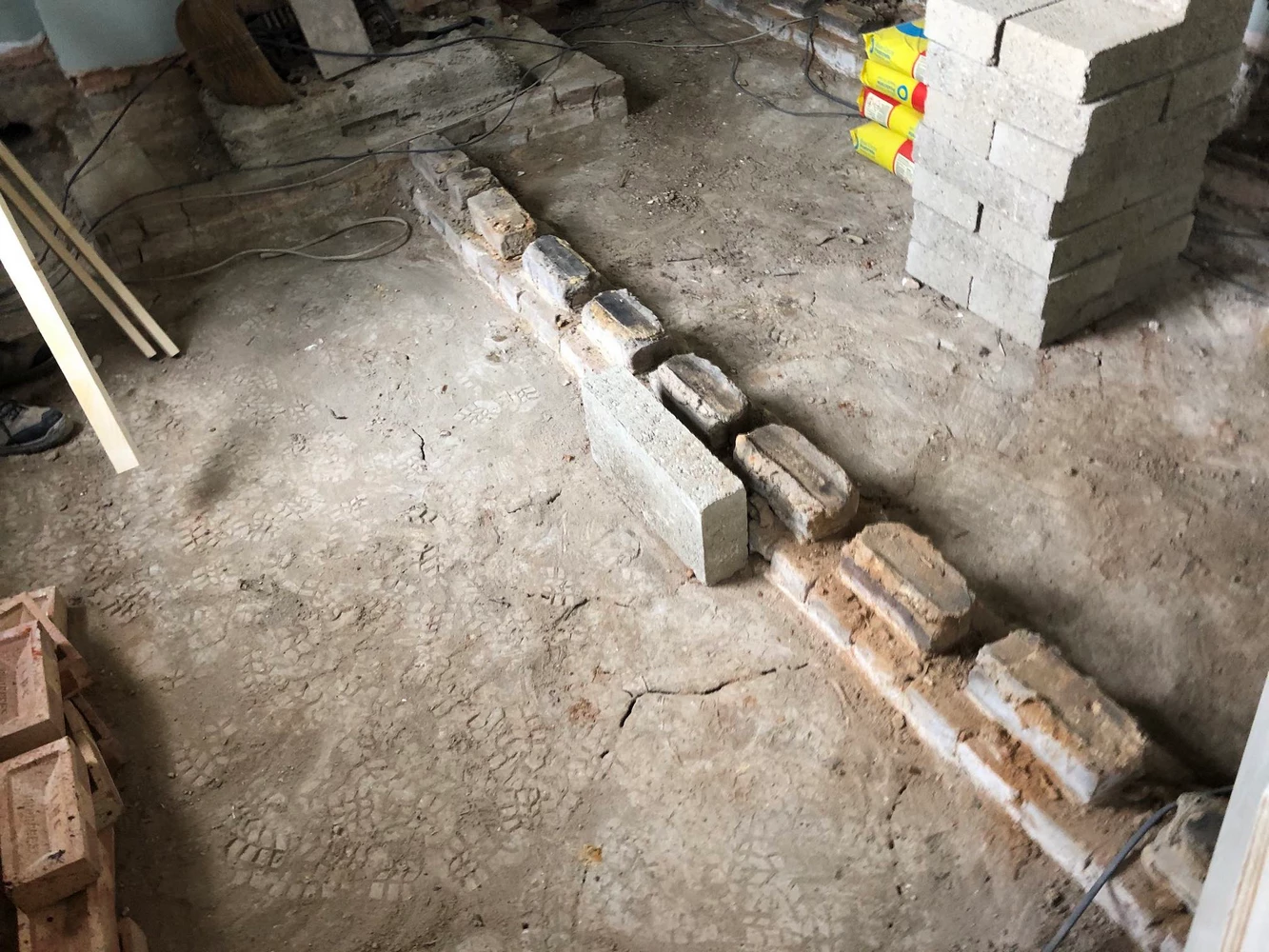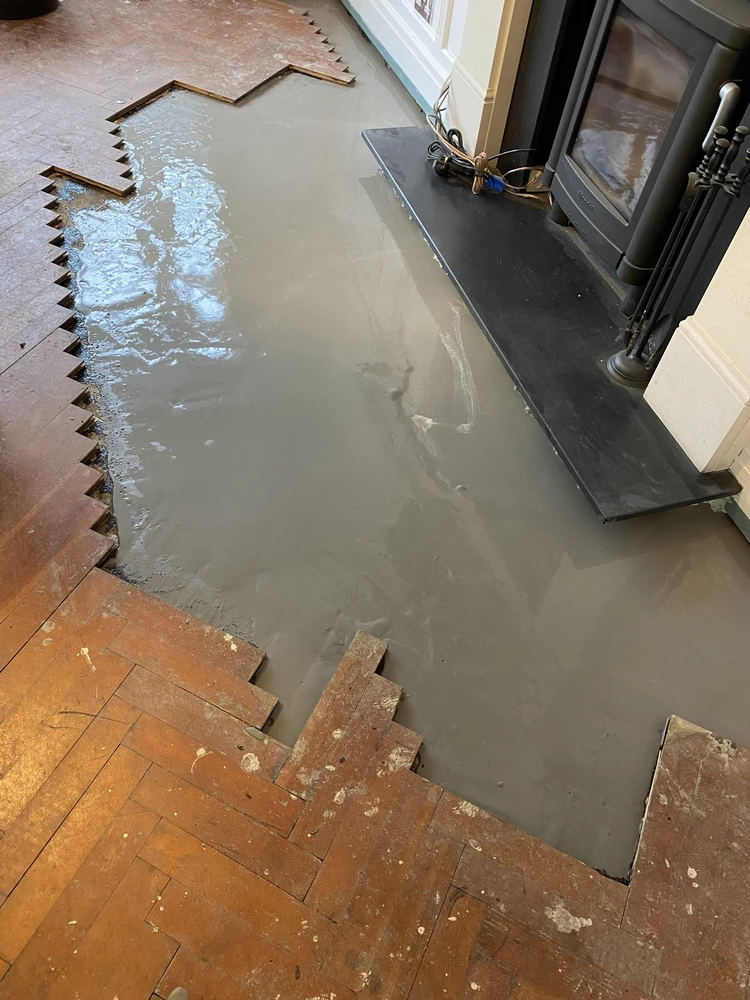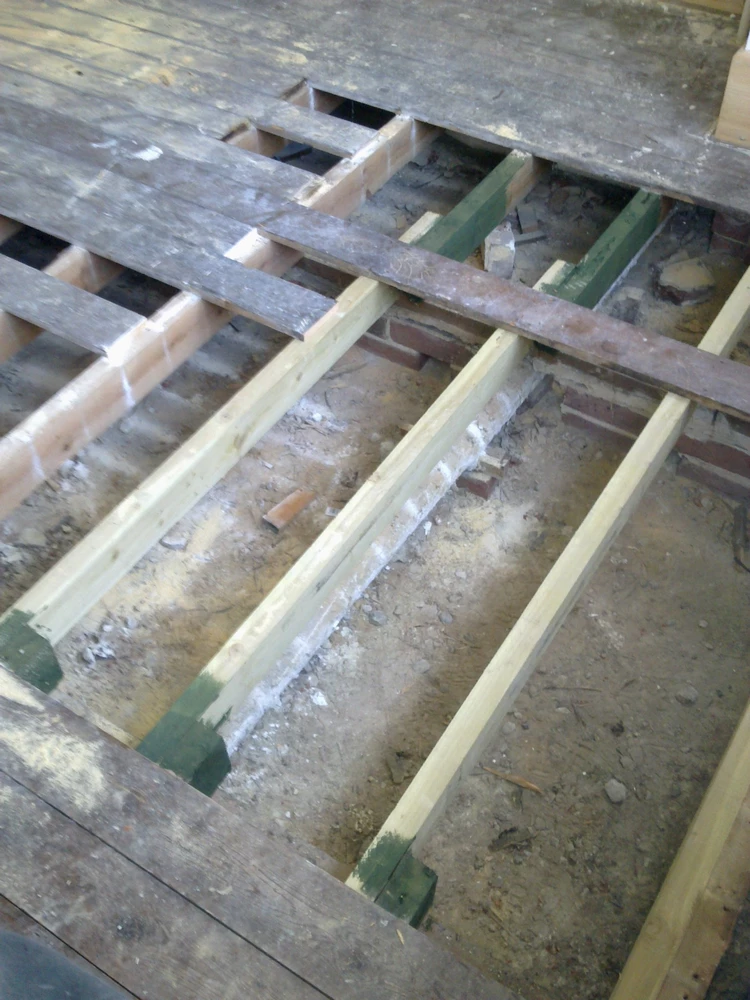
July 24, 2023
Preventing and Treating Woodworm Infestations in Your Wooden Floors
Wooden floors are a popular choice for many homeowners due to their durability, aesthetic appeal, and timeless charm. However, they are not immune to problems. One of the most common issues that can affect the integrity and appearance of wooden floors is a woodworm infestation. Woodworms are wood-boring insects that can cause significant damage if left untreated. In this blog post, we will explore how to identify a woodworm infestation, the potential damage it can cause, and how to effectively treat and prevent it.
Identifying a Woodworm Infestation
The first step in dealing with a woodworm infestation is to identify it. Woodworms are the larvae of certain species of beetles. They bore into the wood and feed on it, leaving behind a network of tunnels that can weaken the structure of the wood. Signs of a woodworm infestation include:
- These are small, round holes in the wood where adult beetles have exited after the larvae have fully grown.
- This is a powdery residue left by woodworms as they bore into the wood. It often accumulates around the exit holes.
- Over time, the tunnels created by woodworms can weaken the wood, causing it to crumble or break easily.
The Damage Caused by Woodworms
If left untreated, a woodworm infestation can cause significant damage to your wooden floors. The tunnels created by the woodworms can weaken the structure of the wood, leading to instability and potential failure of the floor. In severe cases, the wood may need to be replaced entirely, which can be costly and disruptive.
Treating a Woodworm Infestation
If you’ve identified a woodworm infestation in your wooden floors, it’s important to act quickly to minimize the damage. Treatment typically involves the following steps:
- The first step in treating a woodworm infestation is to expose the affected timber. This may involve removing any finish or varnish on the wood to allow the treatment to penetrate effectively.
- Once the affected timber is exposed, a woodworm treatment can be applied. This is usually a chemical insecticide that kills the woodworms and prevents further infestation.
- After the treatment has been applied, any damaged wood can be repaired. This may involve filling in the tunnels with a wood filler or replacing severely damaged sections of wood.
Preventing Woodworm Infestations
Prevention is always better than cure when it comes to woodworm infestations. Here are some steps you can take to prevent woodworms from infesting your wooden floors:
- Regularly inspect your wooden floors for signs of woodworm infestation. Early detection can make treatment easier and more effective.
- Woodworms are attracted to damp wood. Ensuring your home is properly ventilated can help to prevent infestations.
- Applying a wood preservative can help to protect your wooden floors from woodworm infestations. These products often contain insecticides that deter wood-boring insects.
Woodworm infestations can cause significant damage to your wooden floors if left untreated. However, by knowing how to identify an infestation, understanding the potential damage it can cause, and being equipped with effective treatment and prevention strategies, you can protect the integrity and beauty of your wooden floors. Remember, when it comes to woodworm infestations, early detection and prompt action are key.


